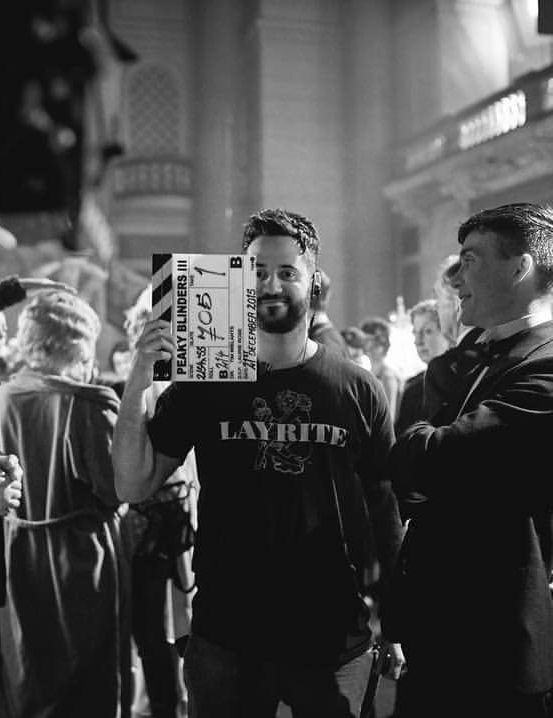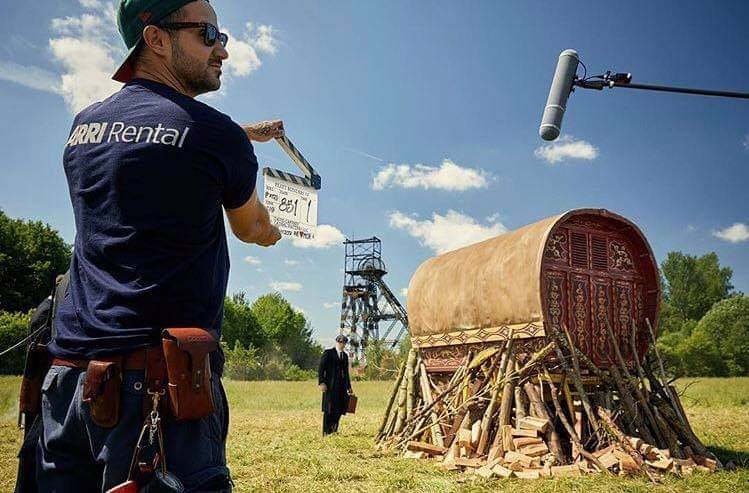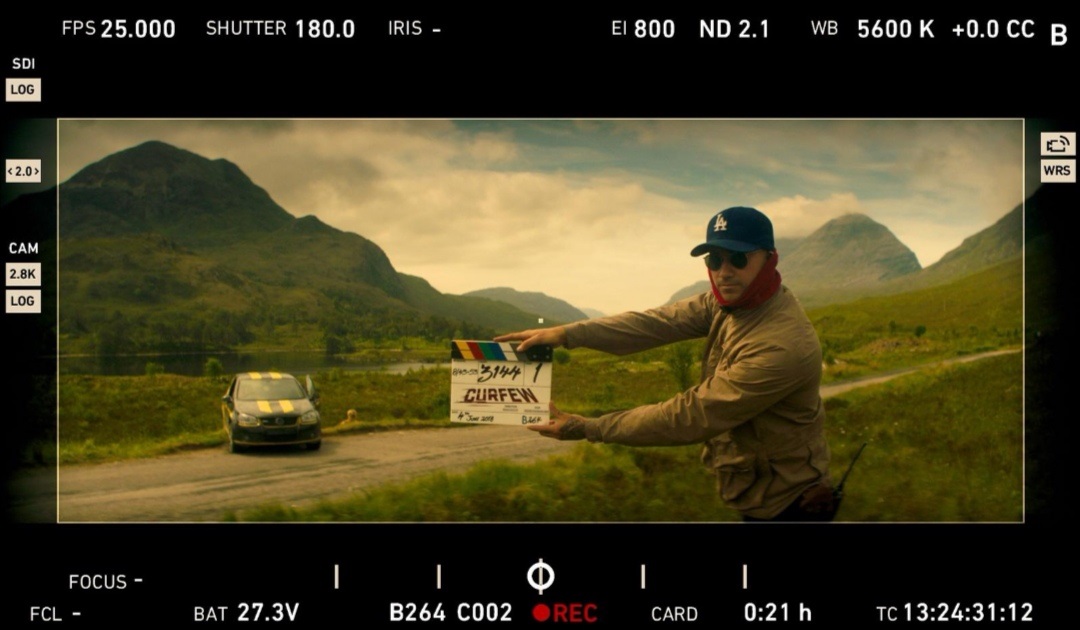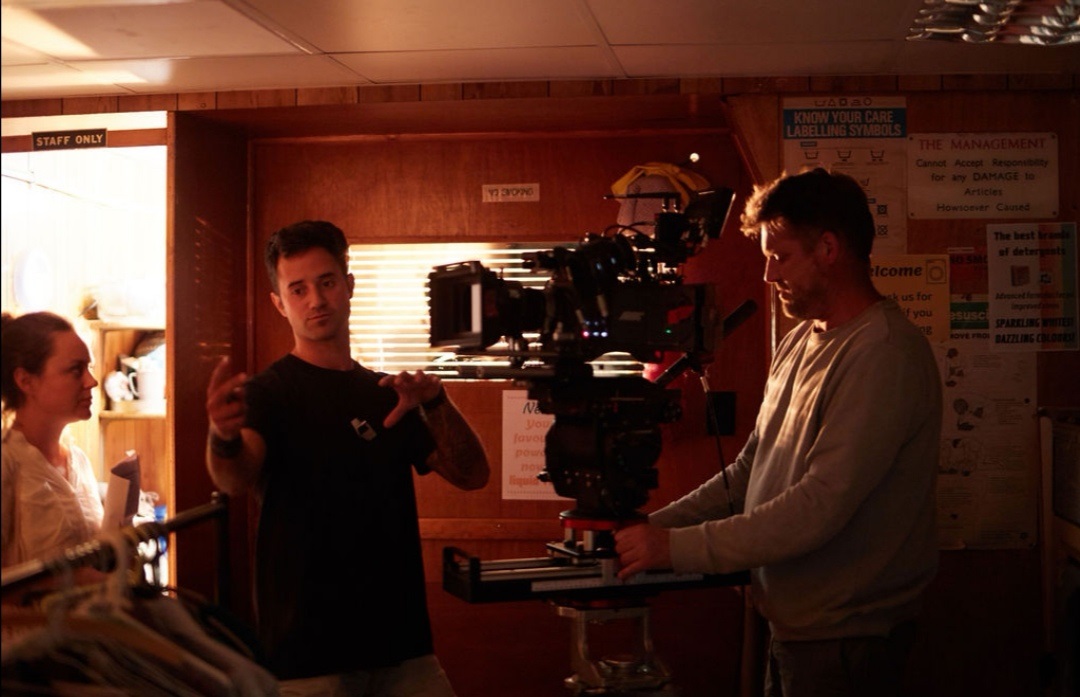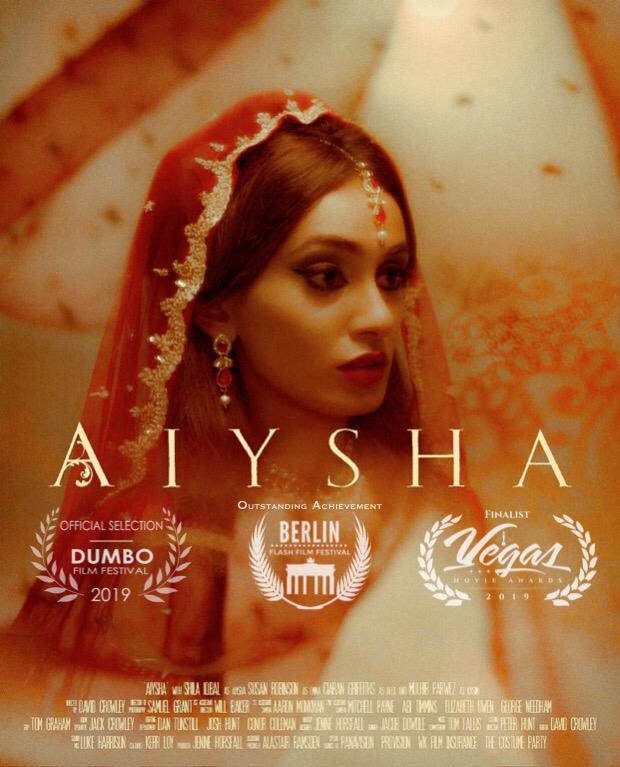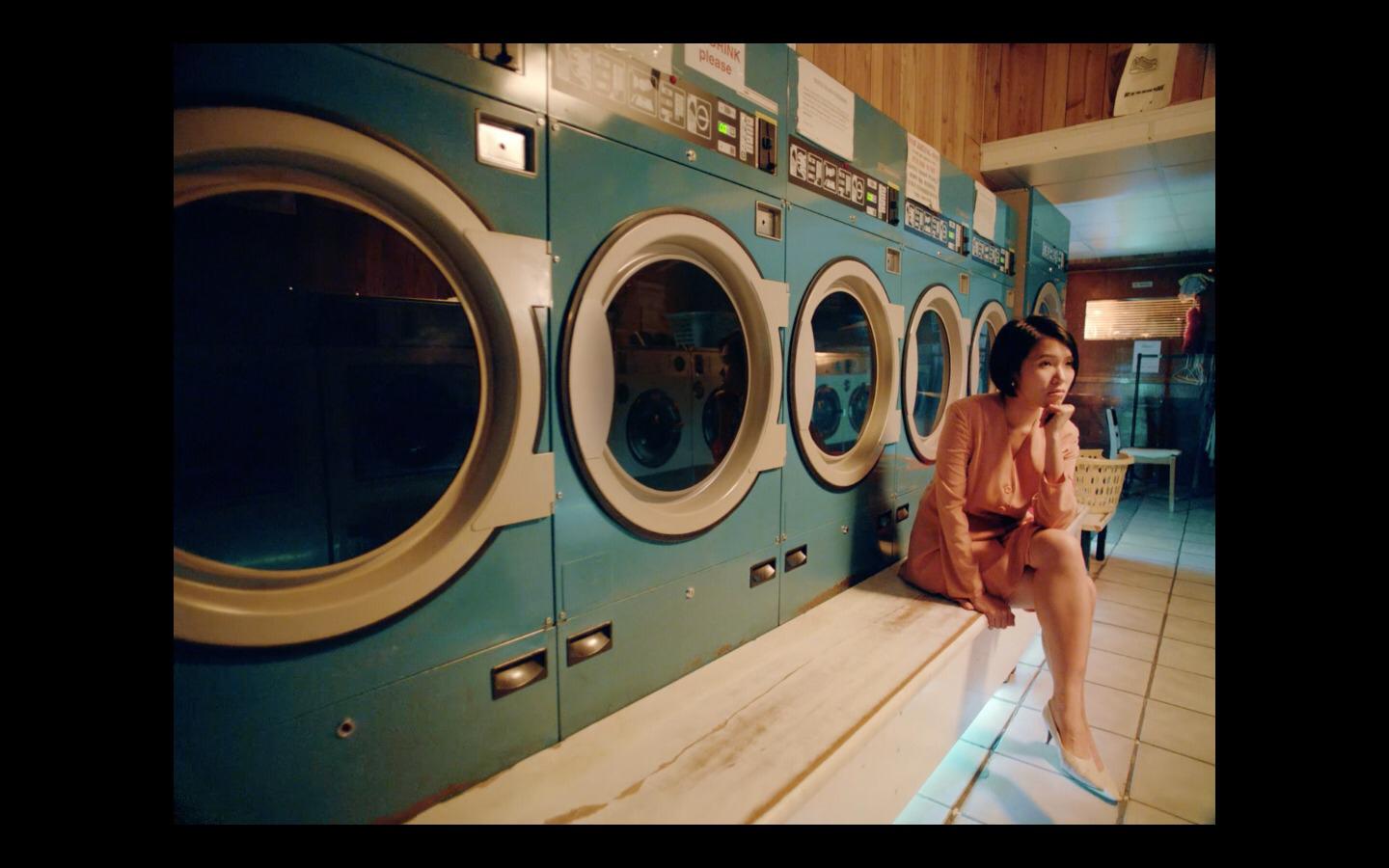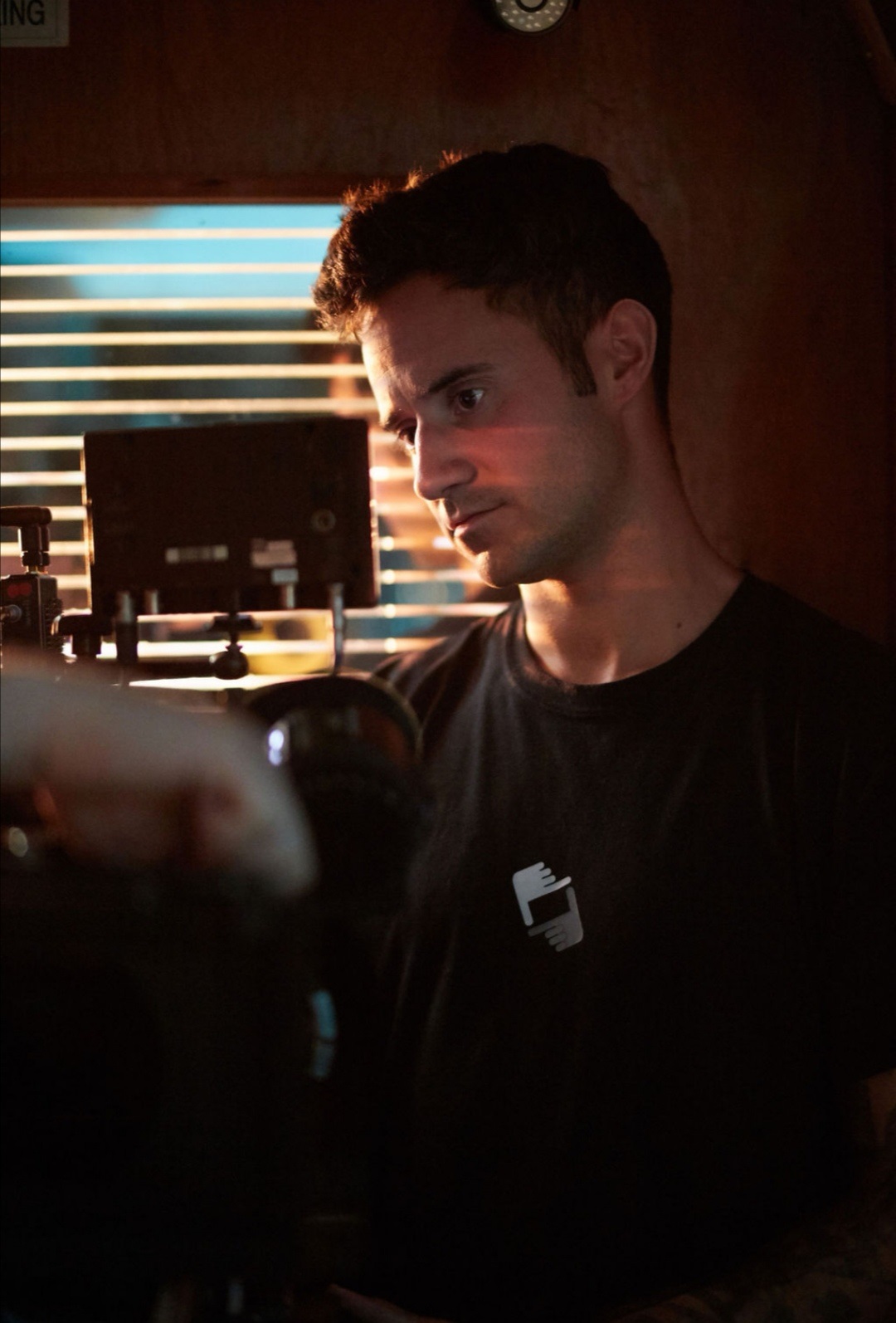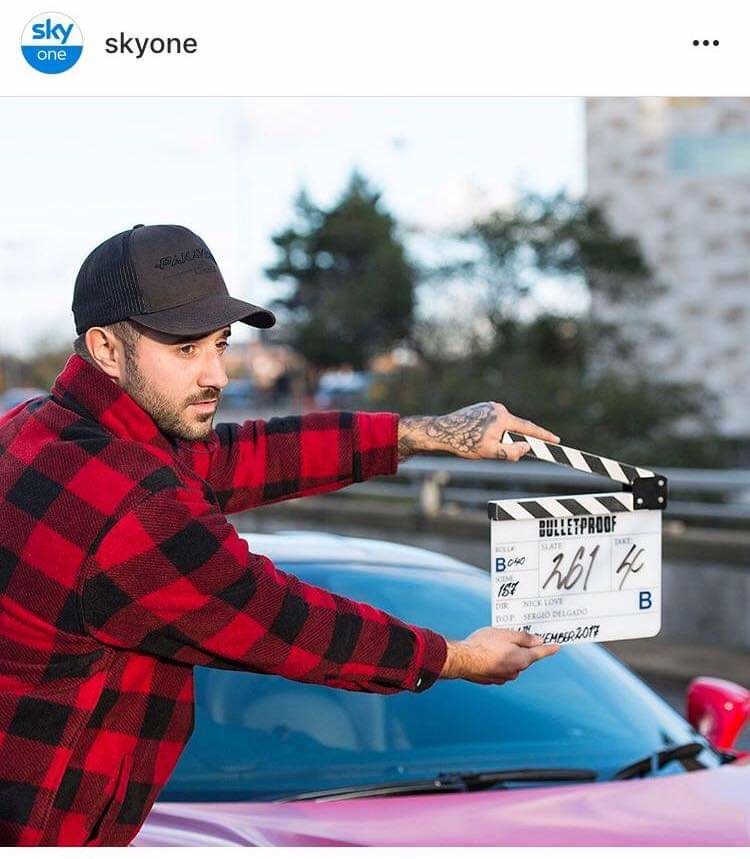UK-born Samuel Grant has gone from camera assistant on high profile British TV shows including Peaky Blinders, Shameless, Happy Valley and Sherlock, to the integral roles of cinematographer and director of photography for various independent movies and short films in the USA. Grant tells Headliner how film scores and cinematography are inextricably linked, how to hone the craft, and the most rewarding part of his job.
What was your first job in the industry?
My first job was as a runner on UK’s Emmerdale for ITV.
What was your first big break?
I guess for me my first big break was working on Shameless. This was my first drama, shot on tape! It was my first ‘proper’ camera trainee job.
What was it like to work on Peaky Blinders?
Peaky Blinders – without a doubt – was the best television show I have worked on. I was very fortunate to work on three of the series so far (seasons two, three and four). Every element of that show was so well executed, and I learnt a huge amount about the technical aspects of my role as a 2nd AC (assistant camera) as well as really observing the talents of many cinematographers like Laurie Rose, Si Dennis, Peter Robertson and Cathal Watters.
Each DOP brought their own elements of style, however the underlying tone would still be consistent to the 'Peaky' look. It was interesting to see the different choices of glass as well as the introduction of colour as the series and story progressed. I feel very proud to have seen the show’s success grow. It’s very impressive work to still be able to increase viewing figures each series. Hugely inspiring!
It goes without saying the casts’ performances are truly outstanding – they are all great people and a pleasure to work with. It can be slightly daunting working on a show that you are a fan of as you don’t want to spoil the viewing experience. However, working on Peaky Blinders – from reading the initial scripts, to filming on set, to finally watching on screen – the show would never disappoint!
